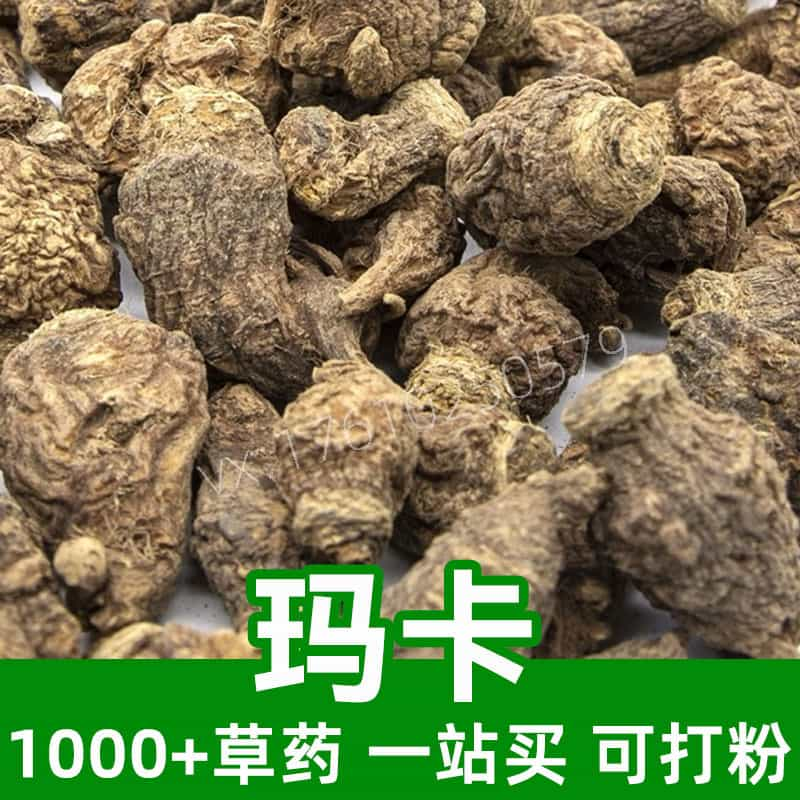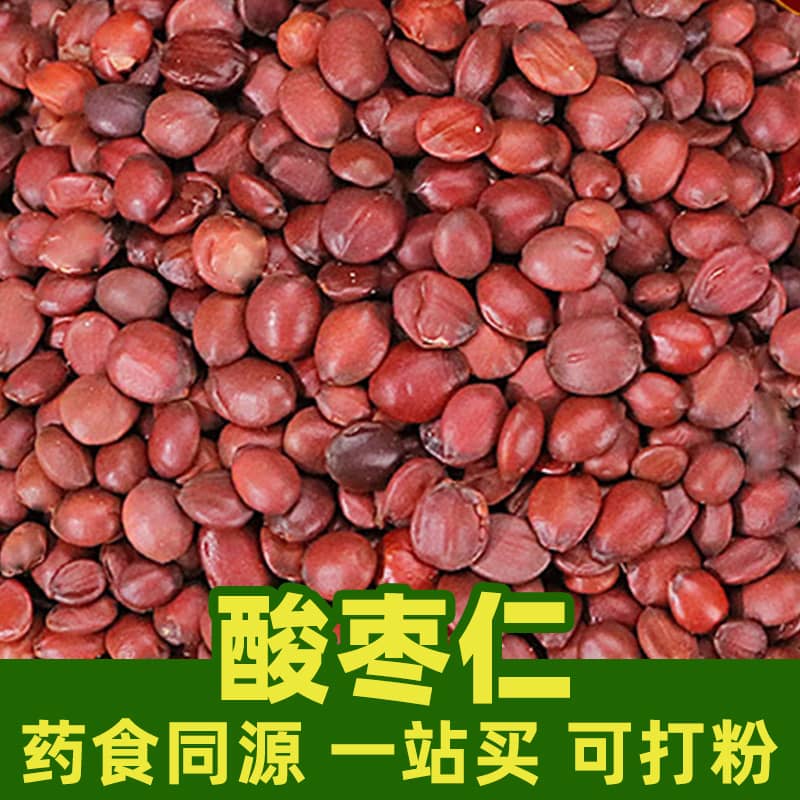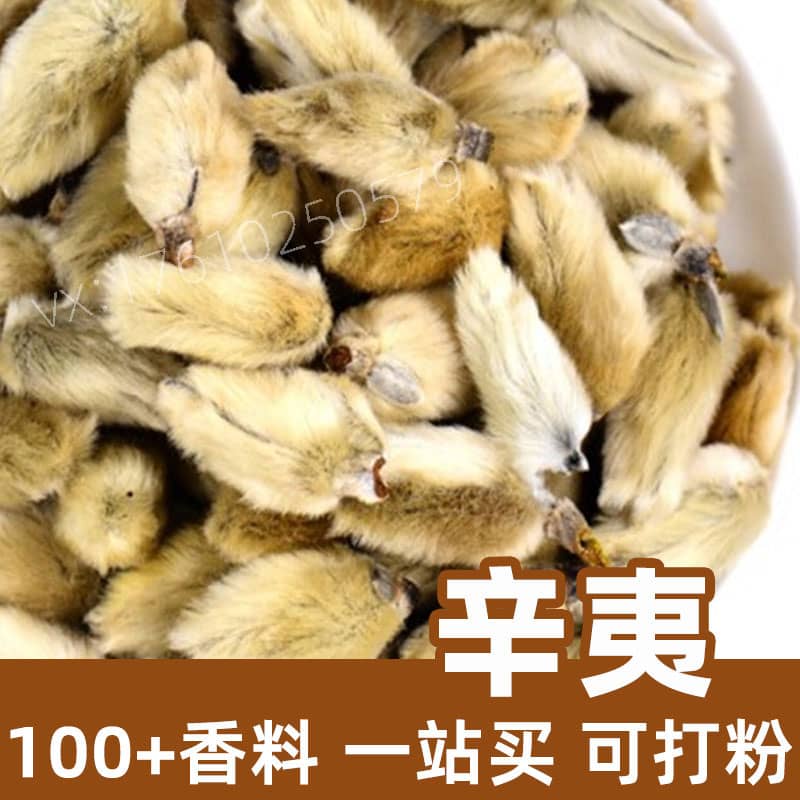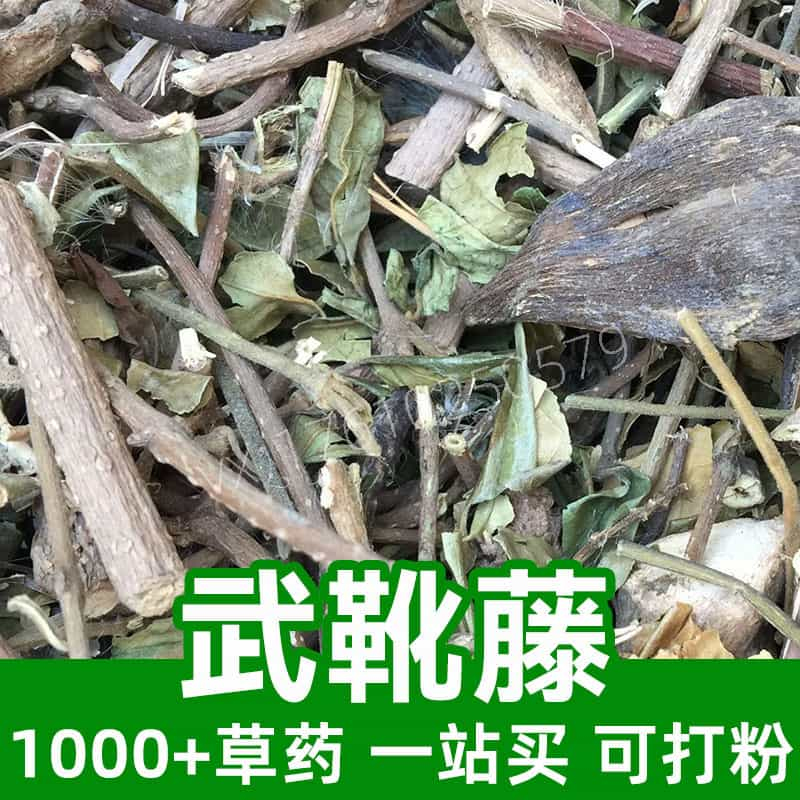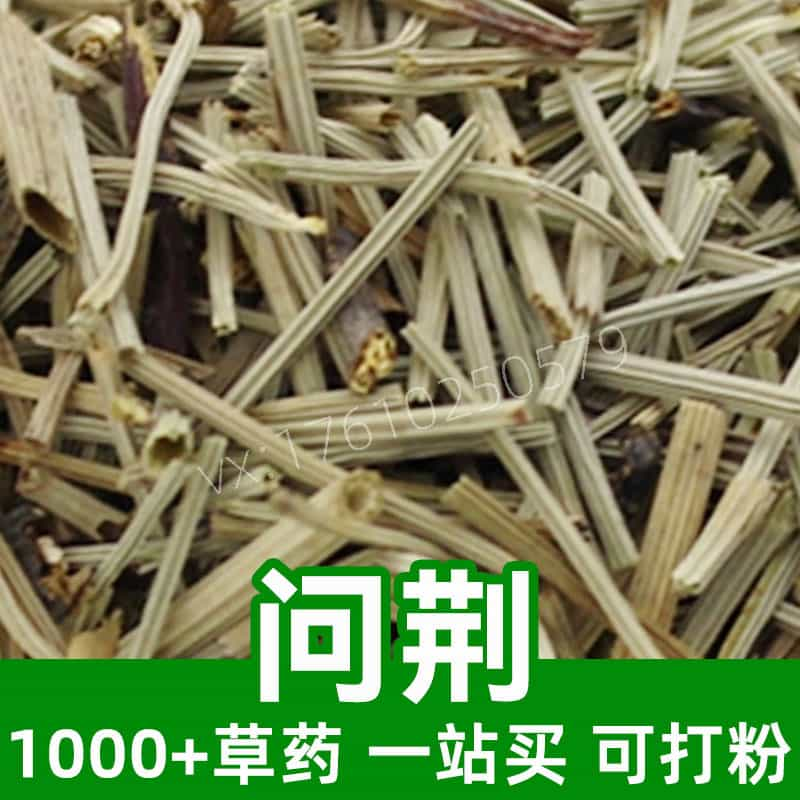Product Introduction
Wheat seedlings, often known as wheatgrass, are the young, green shoots of the wheat plant (Triticum aestivum). This product is a powerhouse of essential nutrients and has gained popularity in health and wellness circles due to its impressive composition. Wheat seedlings are harvested early in the growth stage of the wheat plant, typically around 7 to 10 days after germination. At this stage, they boast a rich concentration of chlorophyll, vitamins like A, C, and E, and an abundance of minerals and amino acids.
These young shoots are primarily cultivated in well-drained, fertile soils and are known for their exceptional detoxifying and nourishing properties. In traditional Chinese medicine, wheat seedlings are valued for their ability to invigorate energy and promote digestion. They can be consumed fresh, as a juice, or in powdered form, making them versatile for use in smoothies, supplements, and health foods. The rich nutritional profile of wheat seedlings contributes to their reputation as a superfood, making them a valuable addition to the diet for those seeking to enhance their overall well-being.
Main Active Ingredients
Wheat seedlings are nutritionally robust, containing a variety of bioactive compounds that contribute to their health benefits. The main active ingredients include:
- Chlorophyll: This green pigment is known for its detoxifying properties, similar to hemoglobin, and helps in cleansing the body by binding to toxins and facilitating their removal.
- Vitamins:
- Vitamin A: Essential for vision, immune function, and skin health.
- Vitamin C: An antioxidant that promotes skin health and aids in collagen production.
- Vitamin E: Known for its antioxidant properties, it helps protect cells from oxidative stress.
- Vitamin K: Plays a crucial role in blood coagulation and bone health.
- Minerals: Wheatgrass is a source of essential minerals such as iron, calcium, magnesium, and potassium, all of which are vital for various bodily functions.
- Amino Acids: It contains several amino acids, including lysine, methionine, and phenylalanine, which are the building blocks of proteins and essential for muscle growth and repair.
- Antioxidants: Wheat seedlings are rich in antioxidants like flavonoids and phenolic compounds, which can help reduce inflammation and oxidative damage in the body.
The presence of these active ingredients makes wheat seedlings a favored choice among health enthusiasts looking to bolster their nutritional intake and support overall health.
Product Application Scenarios, Usage, and Dosage
Wheat seedlings have a wide array of applications, particularly in the fields of traditional Chinese medicine and the food industry. Traditionally, they are used for their energetic and nutritional qualities, believed to improve digestion and contribute to overall vitality.
Usage
In traditional Chinese medicine, wheat seedlings are often consumed in juice form. This method captures their vibrant nutrients and makes them easy to digest. The juice can be mixed with other herbs or fruits to enhance flavor and benefit. Wheatgrass powder is another popular form; it can be added to smoothies, juices, or even as a supplement in capsules.
Dosage
The typical recommended dosage of wheat seedlings varies depending on the form consumed. For fresh juice, a daily intake of 30 ml (1 ounce) is common, providing a potent dose of nutrients. For wheatgrass powder, 1 to 2 teaspoons (approximately 5-10 grams) per day is often advised, but it is crucial to listen to your body and adjust accordingly based on individual tolerance and health goals.
Wheat seedlings offer flexibility in their consumption, and many people incorporate them into their diets to enhance daily nutrient intake, particularly given the contemporary trend towards plant-based diets and organic food sources.
Introduction to the Source Plant, Distribution, and Growth Environment
Wheat seedlings are derived from the seeds of the common wheat plant, Triticum aestivum, which is one of the most widely cultivated crops worldwide. The growth of wheat and its seedlings typically occurs in temperate climates where the plant can thrive in a variety of soil conditions, preferring well-drained loamy soils with adequate organic matter.
Distribution
Wheat is cultivated globally, particularly in regions like North America, Europe, and parts of Asia. In China, wheat cultivation has a substantial history, with the crop being a staple in various diets. The seeds are sown in rows, and the seedlings emerge shortly after germination, growing rapidly during the early stages which facilitates the harvesting of the young shoots.
Growth Environment
For optimal harvesting of wheat seedlings, they require a cool, humid environment with consistent moisture but not saturation. They thrive best when exposed to sunlight for a few hours daily, promoting healthy growth and rich chlorophyll development. After germination, careful management of water and nutrients is necessary to ensure that the seedlings develop fully before harvest, typically around 7 to 10 days.
This optimal growing environment allows for a high-quality product that holds maximum nutritional benefits, making wheat seedlings a valued crop in both agricultural and herbal medicine practices.
Harvesting, Processing, and Storage
Harvesting wheat seedlings is a meticulous process that begins when the shoots reach about 7 to 10 inches in height. To preserve the nutritional integrity, they are typically cut just above the soil line using sharp, clean tools to prevent contamination.
Processing
Once harvested, wheat seedlings should be processed quickly to ensure freshness. For fresh consumption, they can be bundled and sold as is or juiced immediately for maximal nutrient retention. For powdered form, the seedlings should be dried using low-heat methods to prevent the degradation of nutrients, followed by grinding them into a fine powder.
Storage
Proper storage is essential for maintaining quality. Fresh wheat seedlings should be refrigerated and consumed within a few days for optimal freshness. For dried wheatgrass powder, it is essential to store it in an airtight container away from light and moisture in a cool, dark location, which can significantly prolong its shelf life—typically for about 1 to 2 years.
In summary, the careful harvesting and processing of wheat seedlings ensure that their bioactive compounds remain intact, allowing them to serve as a nutritious food source and health supplement for various users.
Monica Sun is a seasoned expert in the natural raw materials industry, with over a decade of experience specializing in traditional Chinese medicinal herbs, spices, and fungi. She is skilled in the sourcing, processing, and application of these materials, emphasizing sustainability and innovation. Monica Sun has contributed to the development of high-quality natural raw materials that serve as essential components in functional foods, pharmaceuticals, and cosmetics, delivering tailored solutions to meet diverse market needs.








